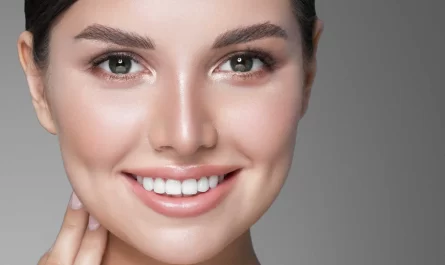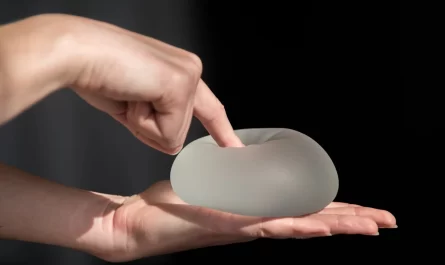Introduction:
In recent years, the search for facial perfection has led to the rise of various aesthetic procedures aimed at enhancing features and achieving an aesthetically pleasing appearance. One such procedure gaining popularity is dimpleplasty, a surgical or non-surgical technique designed to create dimples on the cheeks. Now, let us separate the facts from the myths about dimpleplasty.
Myth 1: Dimples are Only Genetic
Fact: While it’s true that some individuals are naturally blessed with dimples due to genetic factors, dimpleplasty offers an option for those who desire this charming feature but weren’t born with it. Dimpleplasty involves a simple and minimally invasive procedure that creates permanent or temporary dimples, depending on the patient’s preference.
Myth 2: Dimpleplasty is Painful and Requires Significant Downtime
Fact: Dimpleplasty is typically a quick and relatively painless procedure. It can be performed under local anesthesia, and most patients experience minimal discomfort. The recovery period is generally short.
Myth 3: Dimpleplasty Results Look Unnatural

Fact: Skilled and experienced cosmetic surgeons can create natural-looking dimples that complement the patient’s facial features.
Myth 4: Dimpleplasty is Only for the Younger Generation
Fact: Dimpleplasty is not limited by age. People of all ages seek this procedure to enhance their facial features and attain a more youthful look.
Myth 5: Dimpleplasty is a Risky Procedure
Fact: Like any surgical or non-surgical procedure, dimpleplasty does come with some risks, but they are generally minimal when performed by a qualified and experienced professional.
Conclusion:
Dimpleplasty has emerged as a popular cosmetic procedure, letting individuals to enhance their facial features and achieve a charming, youthful look. By dispelling common myths surrounding dimpleplasty, individuals can make informed decisions about whether this procedure aligns with their aesthetic goals.



